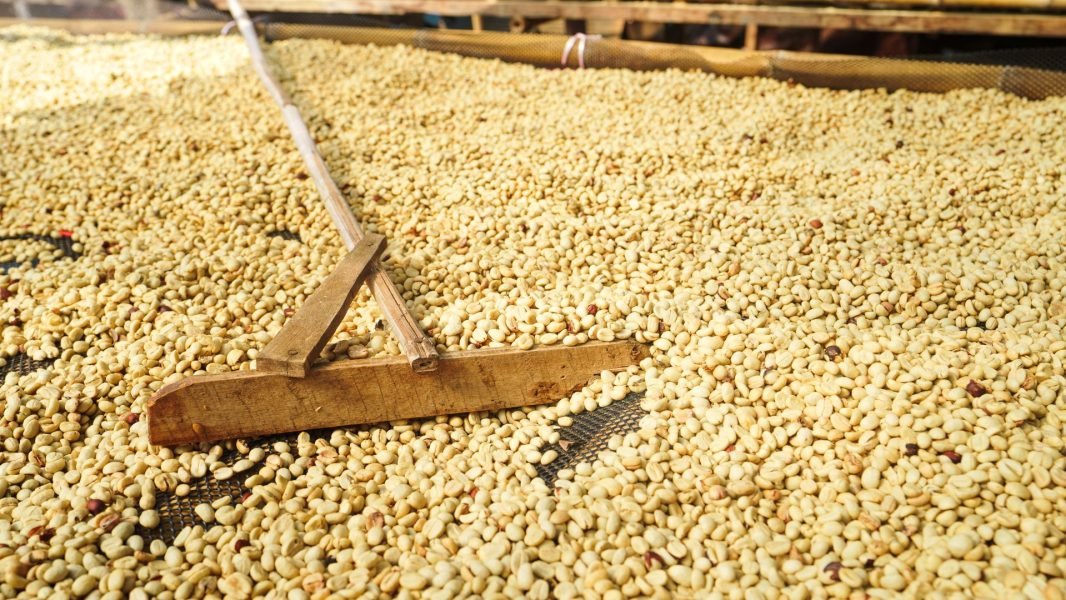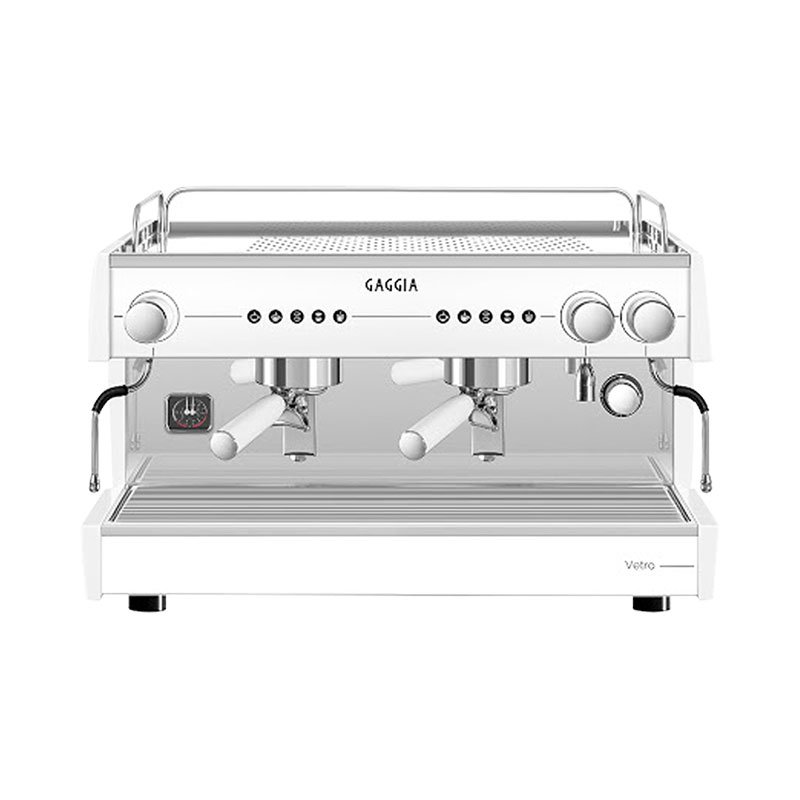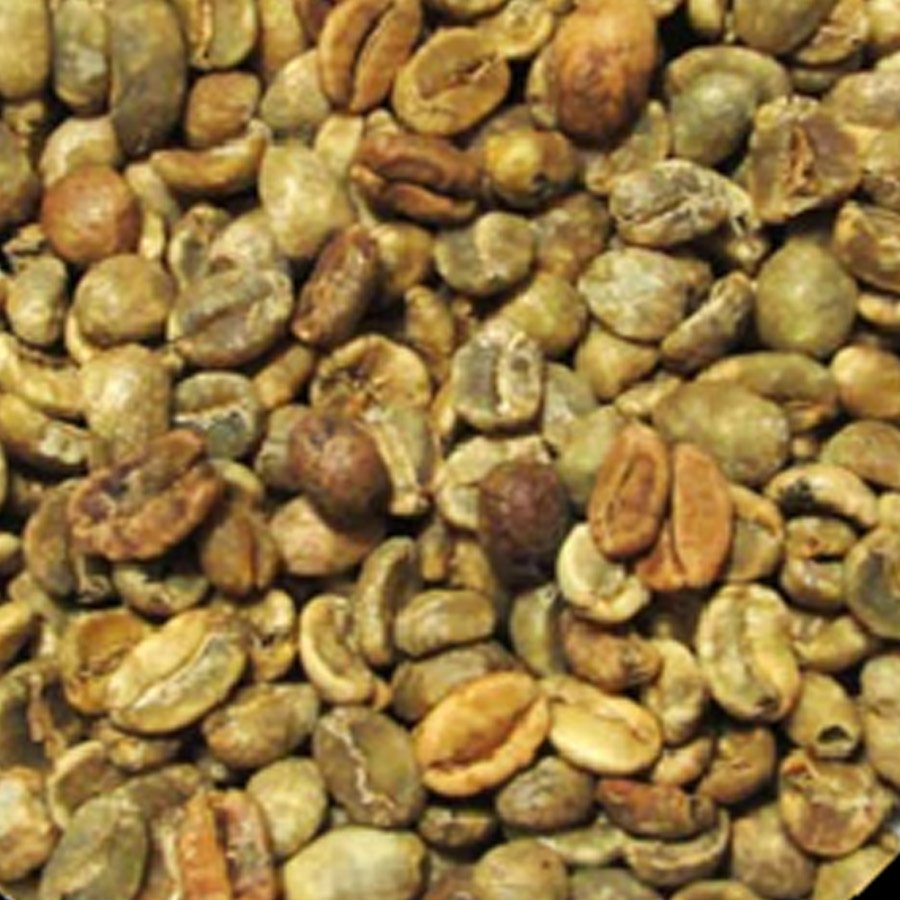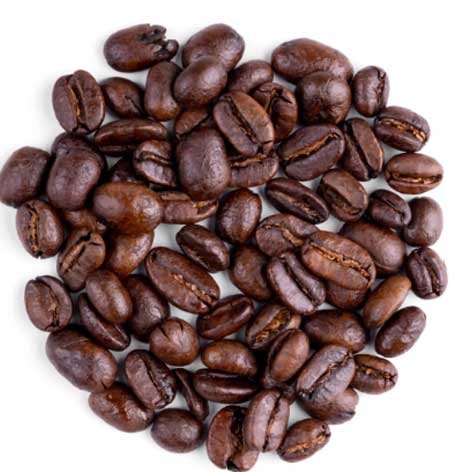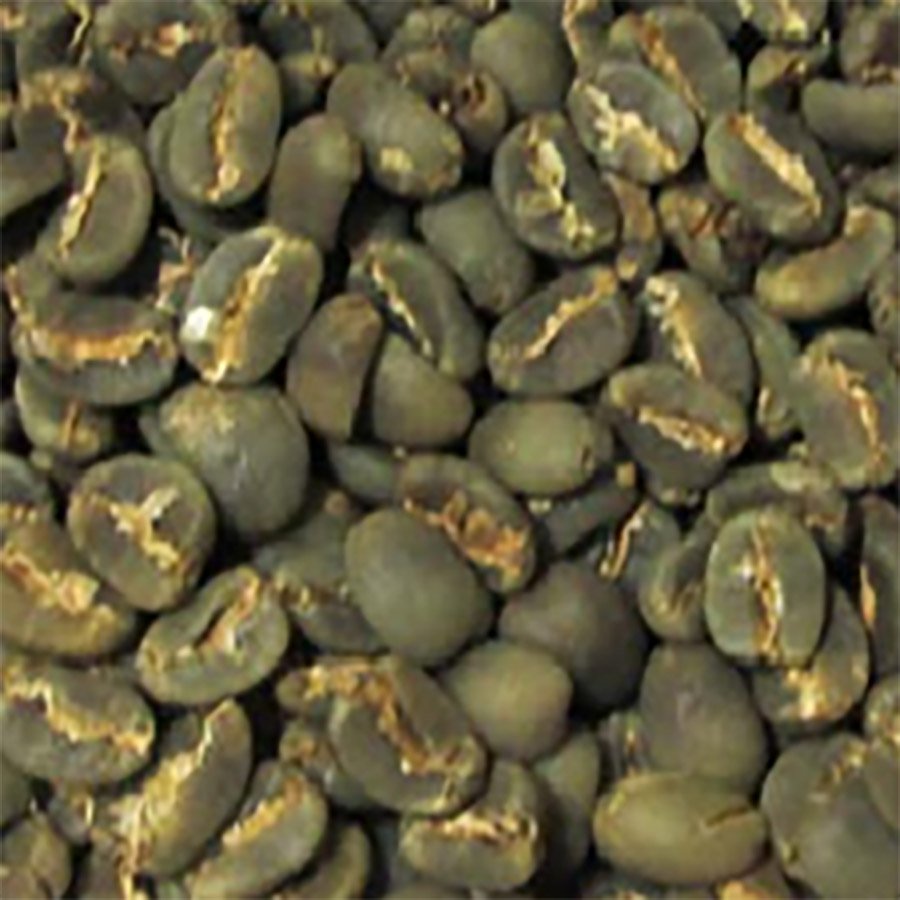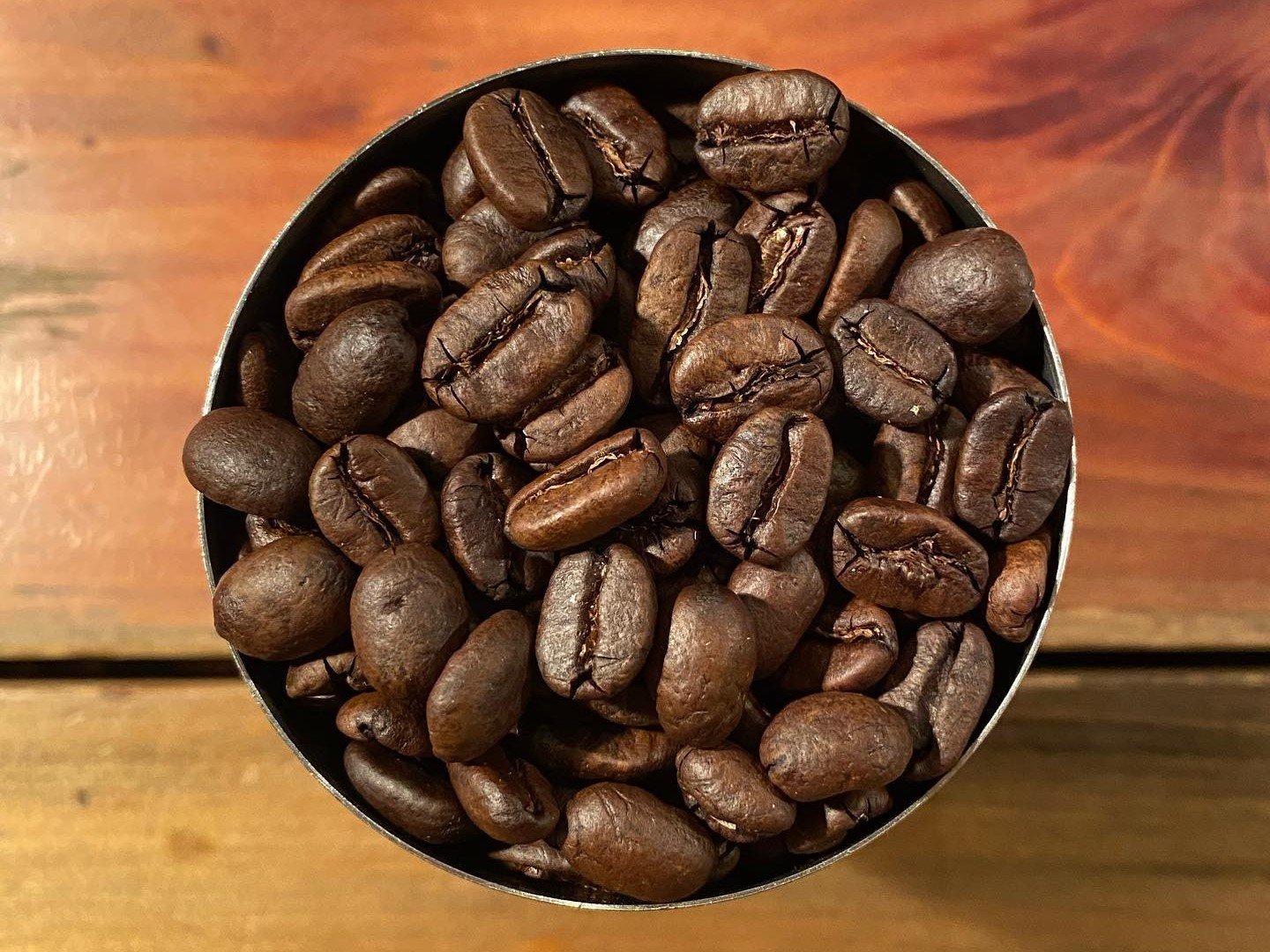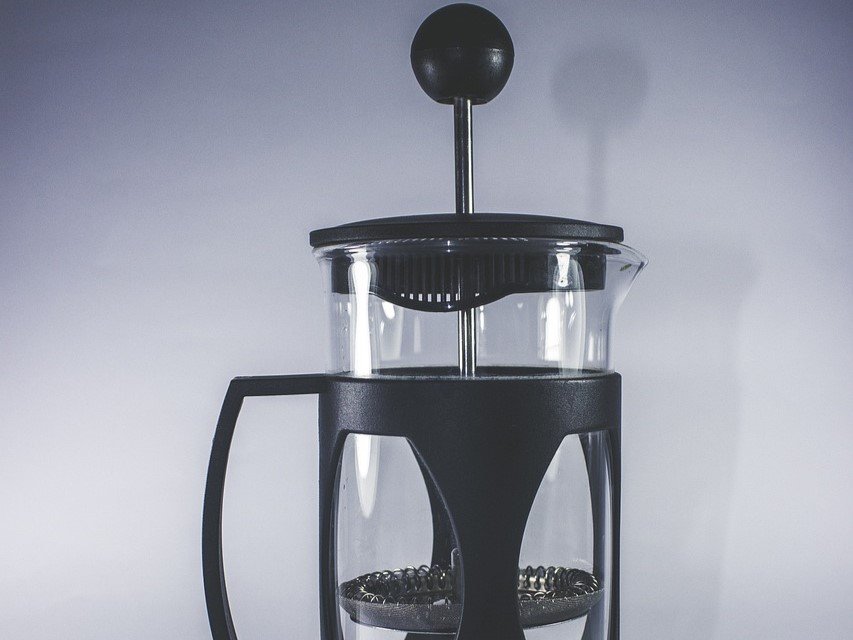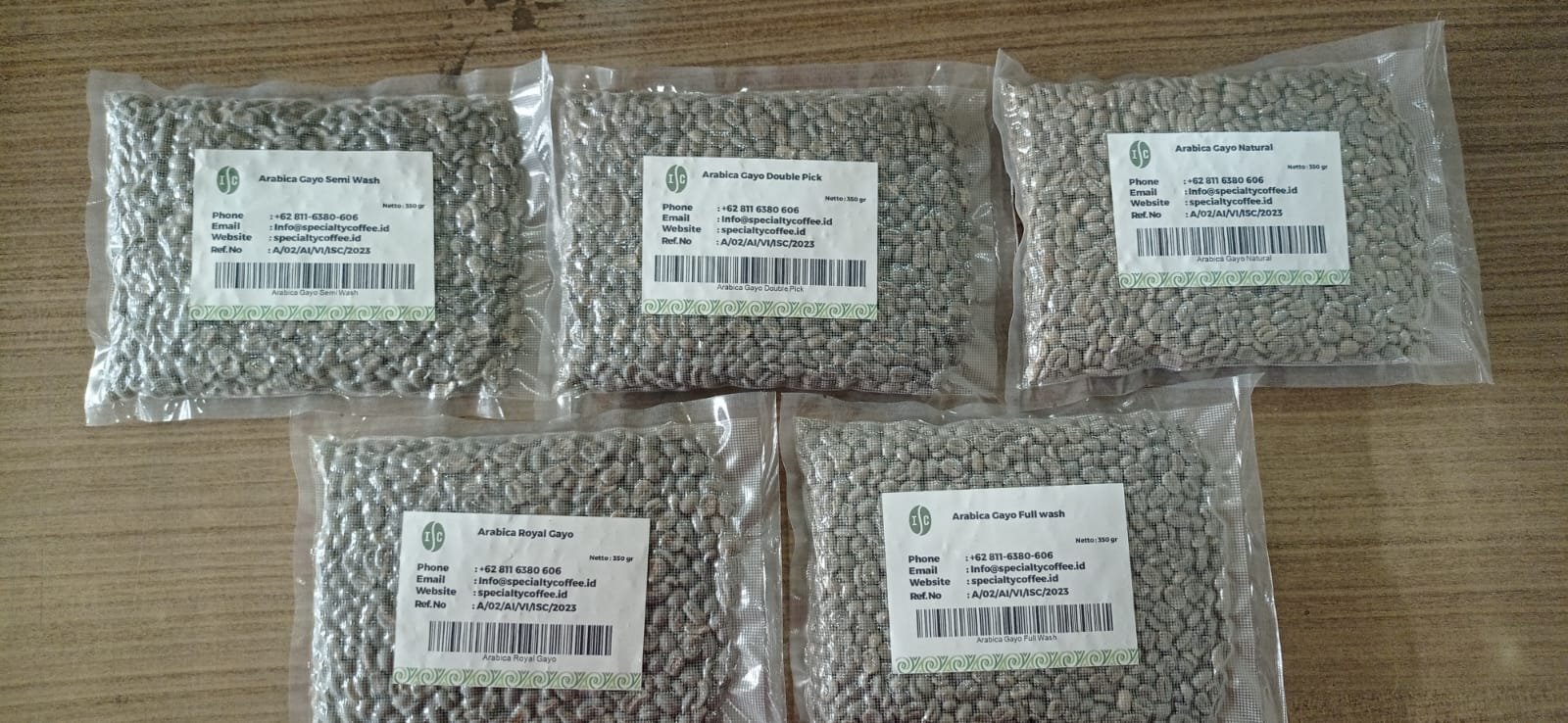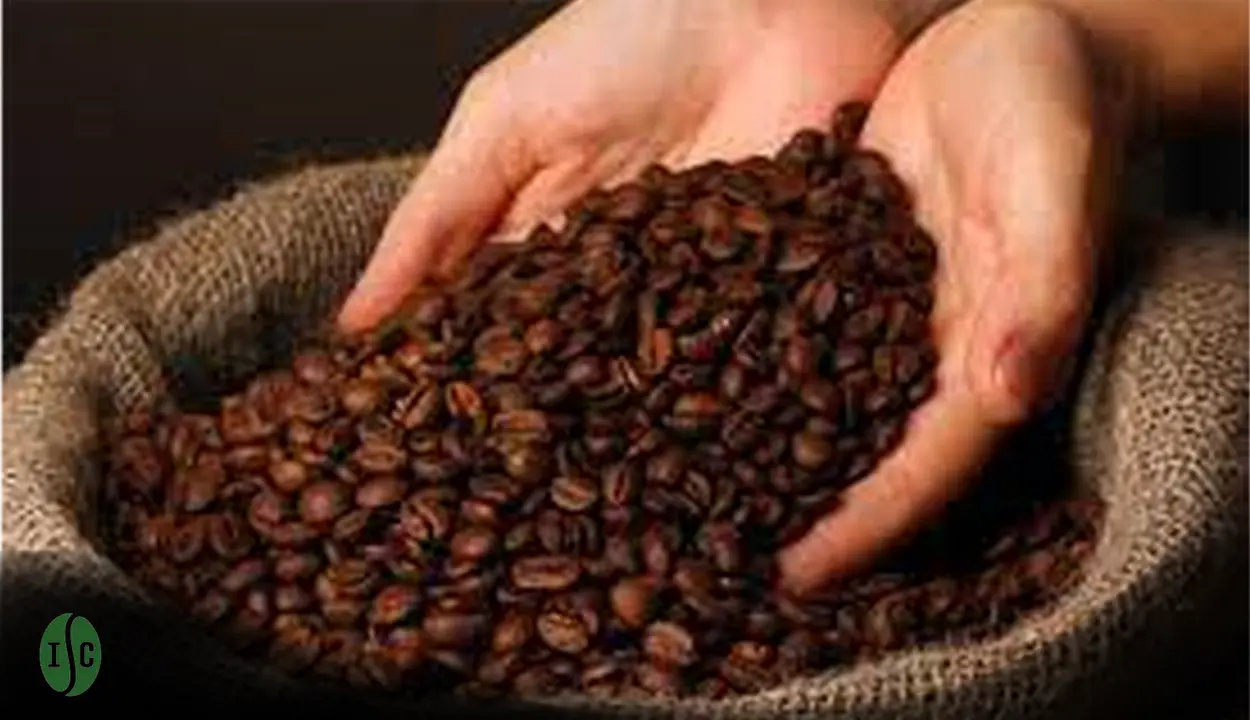Throughout its history, a cup of coffee goes through quite a long journey before it could be roasted and brewed. It starts with farmers cultivating coffee trees in specific coffee regions. Then, they will pick the coffee cherries with optimum ripeness and select the best of those cherries to be processed. There are several coffee processing methods known around the globe.
If you pay close attention to your coffee profile on its package you might have read something like natural process or honey process. Yes, each process refers to how the farmers remove the coffee beans from their outer skins, pulps, or parchments. In addition, every process will create a different tasting note for the coffee beans. If you’re curious about this matter, let’s learn more about it in this article!
What is Coffee Processing?
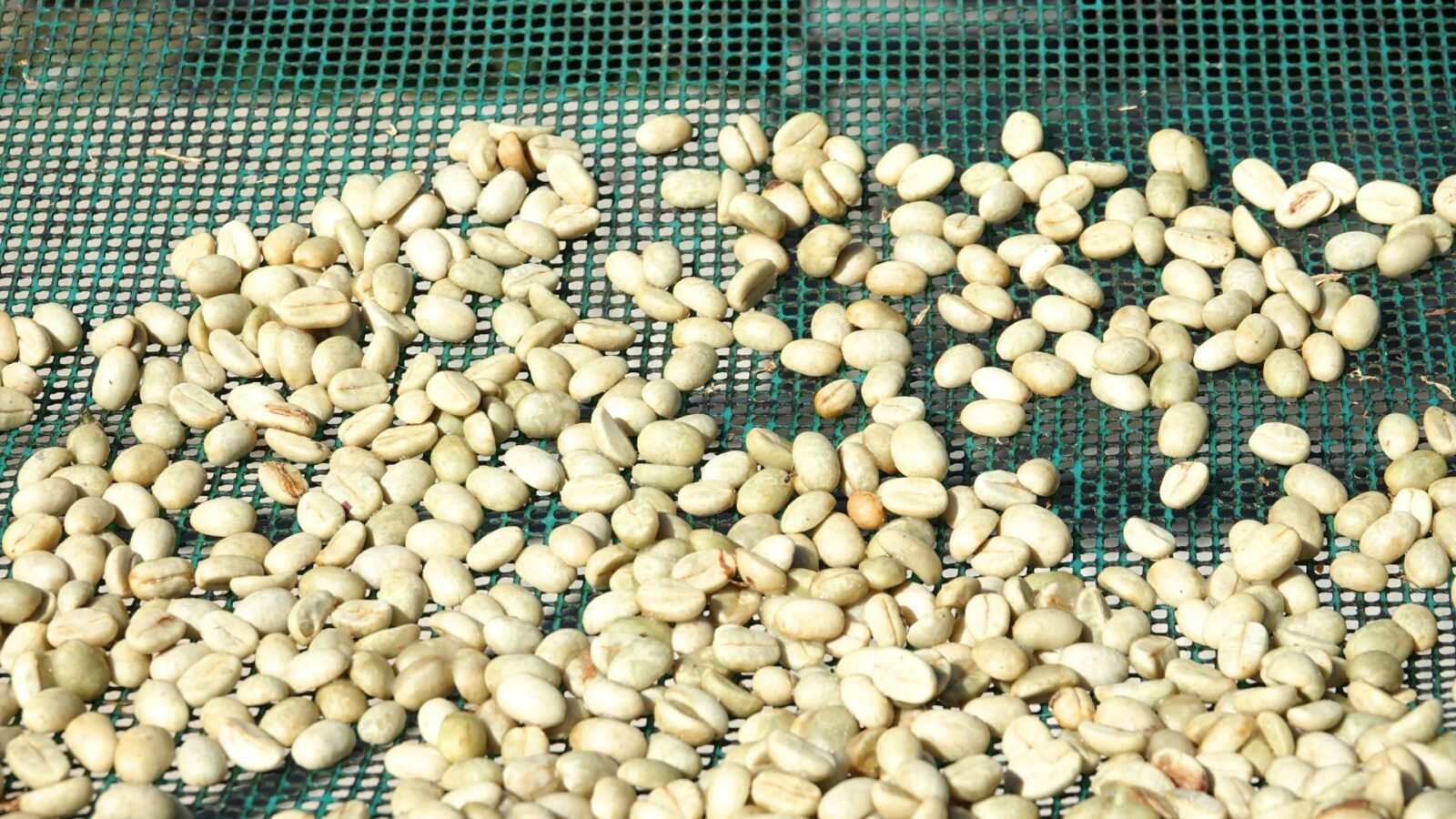
The term refers to the method, usually by the farmers, of removing several parts of coffee cherries to get the beans. Coffee cherries have five elements: outer skin, pulp, mucilage, parchment, and bean.
Most Common Methods of Coffee Processing
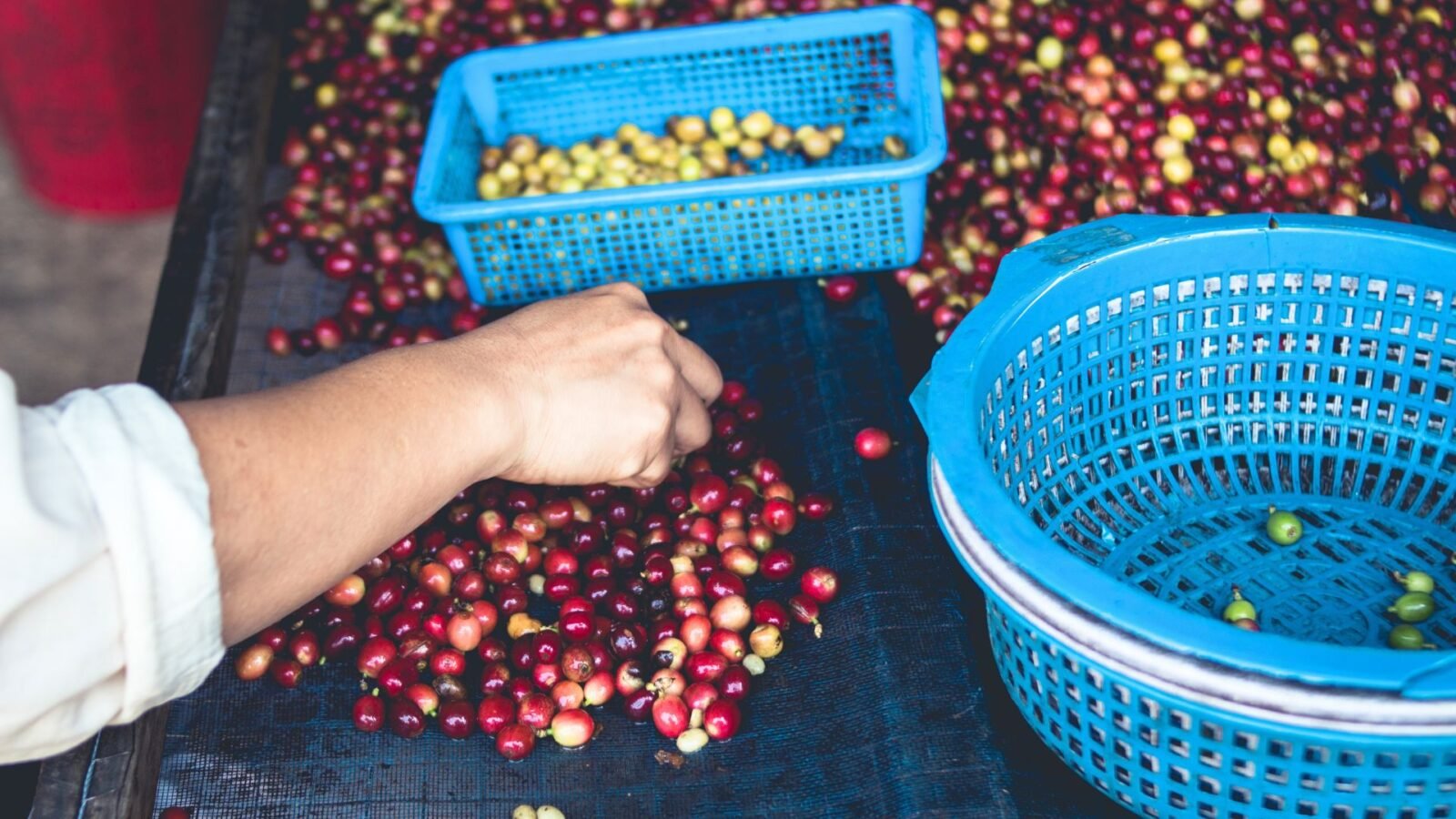
There are four different methods of processing wholesale green coffee beans. They are called the natural or dry process, washed process, honey process, and wet-hulled or semi-washed process. Each technique will influence the flavor of the coffee beans, which remain until brewing.
1. Natural or Dry Process
The natural or dry process is the oldest method in coffee processing, originating from Ethiopia. This process will leave the ripe and intact coffee cherries out in the sun to dry. This stage affects coffee beans’ sweet taste from the outer skin and pulp.
This process doesn’t require much attention due to its simplicity. Yet, a stable temperature is needed to ensure the drying stage takes weeks. During this stage, the natural processed coffee might gain pleasant sweetness and fruity flavors, or worse, a funky taste. If the cherries are completely dried, then they will be hulled.
2. Washed or Wet Process
This process is the opposite of naturally processed coffee. Before trying, it removes the coffee’s fruits (outer skin and pulp). After the red coffee cherries are picked from the trees, they will be left in a water tank for one to three days.
Then, the outer skin and pulp will be removed, leaving behind the bean. Farmers use machines to remove most of the cherries’ skins. Afterward, the beans are dried under the sun and turned now and then to prevent rotting or molding. Flavors of washed processed coffees rely on the trees’ growing condition and surroundings.
3. Honey Process
The honey process is widespread in El Salvador and Costa Rica. The process doesn’t use natural honey, but the sticky mucilage of coffee cherries has the sweet taste of honey. Honey-processed coffees will have a noticeable taste of honey and brown sugar. It is also fruity, yet not as much as natural coffee.
The process begins when the coffee cherries are de-pulped using machines. However, the process will leave a specific flesh on the bean without washing it. Then, the farmers will dry the beans on patios. Honey-processed coffees have subcategories depending on the amount of mucilage left on the beans: black, red, yellow, white, and golden.
4. Wet Hulled or Semi-Washed Process
The semi-washed or wet-hulled process (known as “Giling Basah” in Indonesia) is a coffee processing method that originated in this country. This method involves removing the outer skin of the coffee cherries and washing away their mucilage, after which the beans are sun-dried. The semi-washed method is most commonly applied to Indonesian coffee beans, where it has become a defining characteristic of the country’s coffee culture.
After the beans’ moisture reach 30%, they enter the hulling process to separate the parchment layer. Then, these beans get to the second drying stage. Wet hulled coffees increase the coffee’s body but decrease the acidity.
Coffee processing methods influence the tasting note of coffee beans. Every unique and distinct taste will give you a brand-new experience with coffee. If you’re up to trying these coffees, see Indonesia Specialty Coffee products. We have some best sellers for recommendations!

